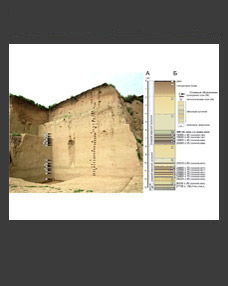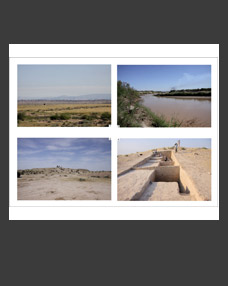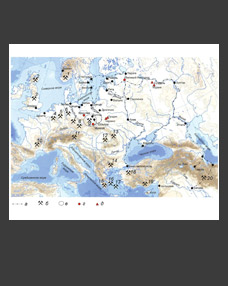Konstantin I. Panchenko a,#, Nikolay A. Makarov a,##, Alexey A. Karpukhin a,###, Vladimir Yu. Koval a,####
a Institute of Archaeology RAS, Moscow, Russia
#E-mail: pakoi@mail.ru
##E-mail: nmakarov10@yandex.ru
###E-mail: karpukhin.a@rambler.ru
####E-mail: kovaloka@mail.ru
Keywords: the Middle Ages, the Moscow Kremlin, wet layer, strata, estates, nobility.
The article provides a preliminary general description of the results of archaeological studies in wet cultural layers in the Tainitsky Garden of the Moscow Kremlin in 2020. The materials collected during the excavations are of exceptional interest for studying the stratigraphy and chronology of cultural deposits in Podol (lower) area and provide a rare opportunity (for the case of the Kremlin) of dating individual structures dendrochronologically. Moreover, the material adds considerable new evidence on the culture of Moscow and the social image of the owners of the Kremlin estates of the 14th–15th centuries AD. The construction in the investigated section of the Podol area since the middle of the 14th century AD was dense and the size of the estates is unknown. The inventory of found artefacts of the period under consideration contains both everyday household objects common for urban use and items associated with a prestigious lifestyle and military activities. Estates of the middle – second half of the 14th century AD can be considered as part of the Kremlin households of Timofey Vasilyevich Velyaminov or his closest relatives.
DOI: 10.31857/S0869606323020150, EDN: RGLILY







